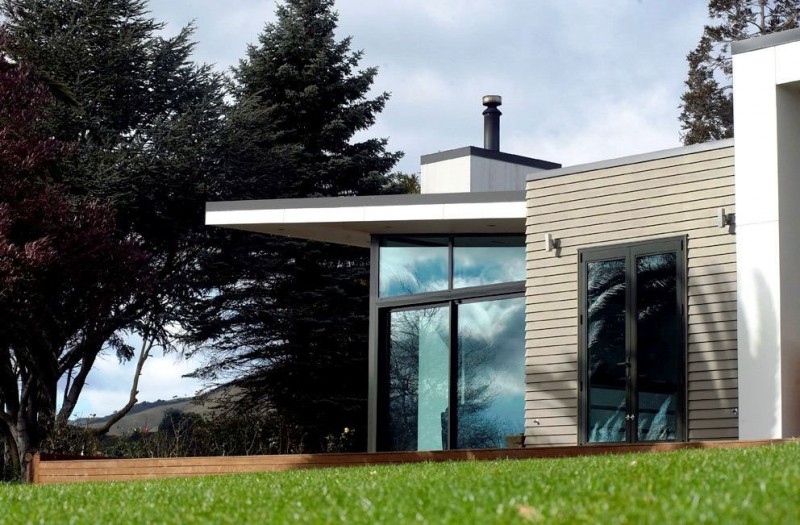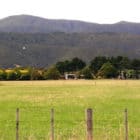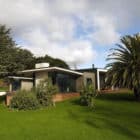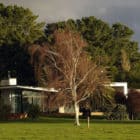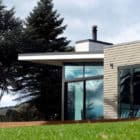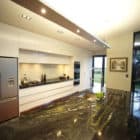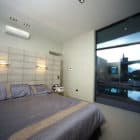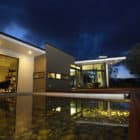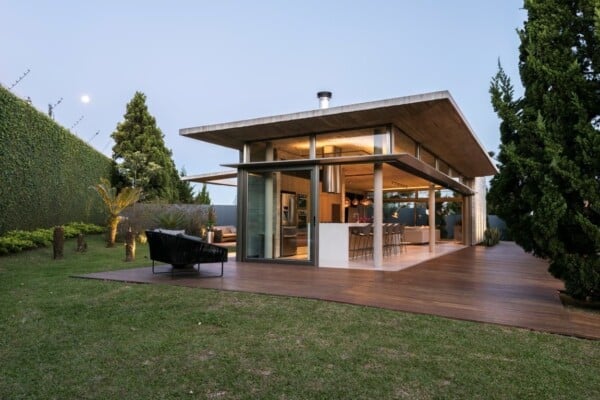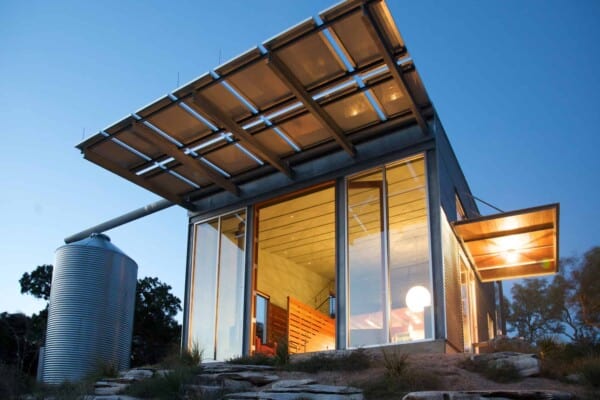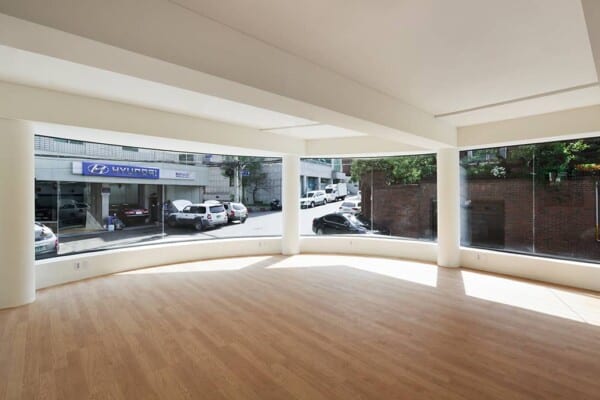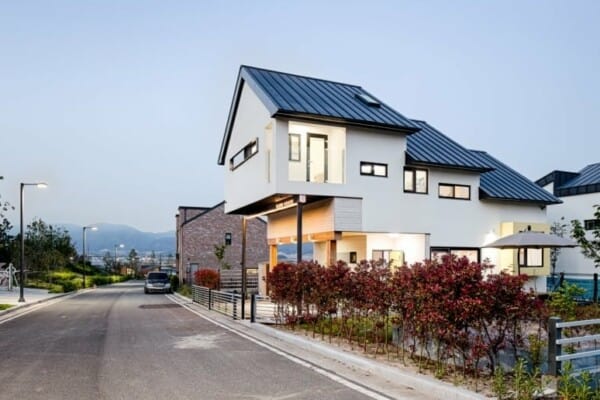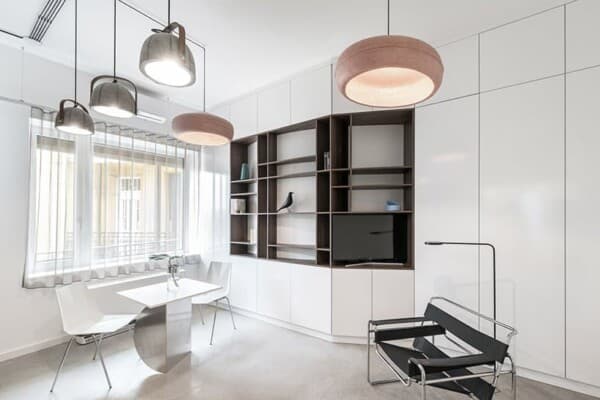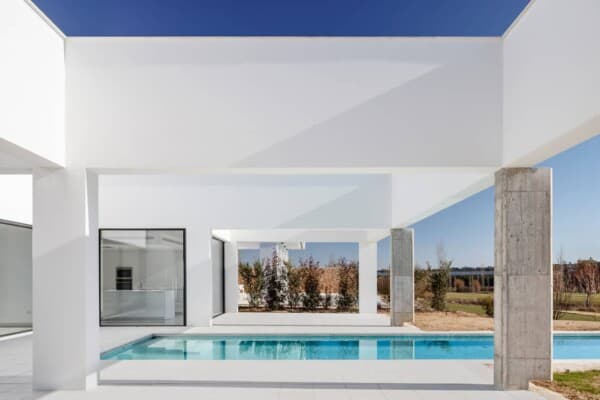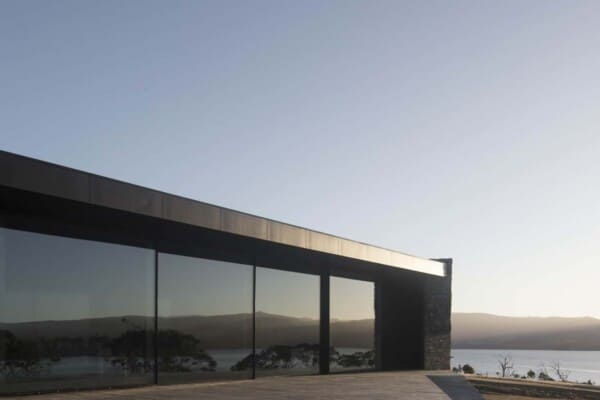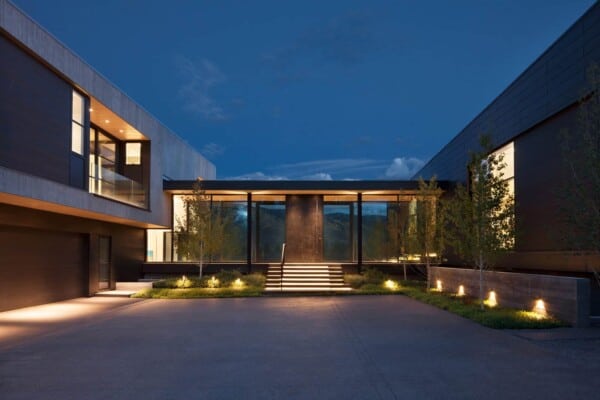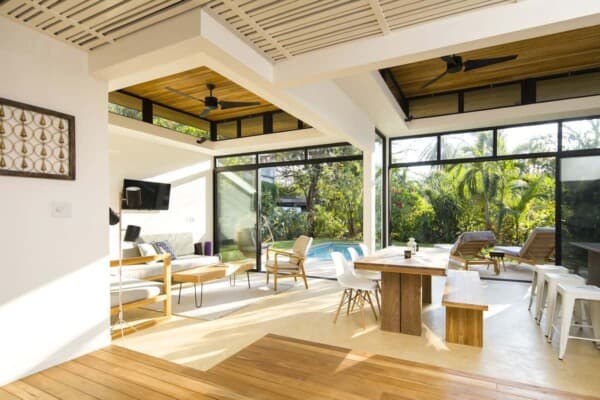Rotopai Residence was designed by Studio MWA and is located in Martinborough, New Zealand.
The home is surrounded by low rolling hills against a background of mountains, and has an interior that is warm and comfortable, elegant and cozy.
Rotopai Residence by Studio MWA:
“New Weatherstone residence or Rotopai Residence how our client call project is actually a contemporary new farm house build on historic site established over 180 years ago. Project is located on a remote rural plot in South Wairarapa – lower part of New Zealand North Island for one of the larger milk producers on same place where old family home was located and for new project relocated on new site few kilometers away.
Weatherstone Family settled on the site in 1830 and is one of the oldest farming families in the area.
Approaching us to design their final dream home was a huge responsibility and challenge but fascinating old site with established trees some over 100 years old remote position fantastic opportunity for good orientation relatively easy access and non standard brief really catch my attention. Working with the client to accommodate requirements for everyday life in future and in same time as big farm owner be able to run business from home made project little bit more complex.
Cherry and Brian required a contemporary design with charm and spirit of HOME but it had to reflect their way of life. Some of imperatives from brief included:
– Big extended family and lots of friends and business partners are often guests and requirements to make new farm residence as entertaining hub (often over 100 people entertain there).
– Guests have to have accommodation and privacy from rest of house.
– Office to be able to run farm business has to accommodate two work stations filing cabinets – storage small wine cellar and in same time have simple access to meeting room space but be easy accessible and visually connected with family part of house.
– Master bedroom locates to catch first morning sun and view on rolling hills in proximity.
– Triple garage to accommodate two cars special motorbike and few farm bikes with space for lots of storage some farms machines filter room for cleaning after arriving from farm and prior entering house toilet etc.
– Separate laundry in close proximity to garage and easy access outside.
– Create separate formal living dining room to accommodate some old
historic furniture and be able entertain inside – locate close to kitchen – family area and be able to combine it together when required or separate it.
– Lots of deck – terraces create easy access outside from most of rooms and create easy indoor outdoor flow totally accessible (wheel chair accessible home).
– Provide lots of space to exhibit all family photos from history and early settlers’ days – home gallery.
– Accommodate collection of ceramic figurines and found solution to exhibit it and show to visitors.
– Incorporate into design something to give flair and unique appearance.
– Try to remain existing historic shed and fire wood storage with vegetable garden and most of old trees to maintain “spirit of site history”.
– Existing old house relocate on another farm and if possible use same site for new farm house.
– Sustainability must be integral part of overall design.
– Incorporate into interior open fires as central focal points but main heating will be under floor heating.
– Roof has to be created to collect water and store into two big water tanks.
– Septic tank with influent field has to be accommodated too.
– Use house orientation to perform as passive solar collector (winter) and with big long eaves protect house from sun in summer.
Answer on above requirements and others was atrium house but with non standard shape. It answer all requirements and give opportunity to incorporate usage of passive solar energy be able to control sun penetrations through house make house – home with very unique interior – exterior spaces create internal galleries create zones in overall organizations etc. etc.
Incorporating big ponds into atrium and overall design give further opportunity to create interesting unexpected effects – meeting room as bridge structure double openings full heights for living rooms with lights totally transform house at nights particularly from central atrium and pond maximize orientation and capture fantastic views.
Project started at the end of year 2006 with first client meetings site visits and first sketches documentation was completed at middle of year 2007. Construction started immediately after and completed for Christmas 2009. Farm house combine over 340 m2 (3660 ft2) of internal spaces with over 200 m2 (2153 ft2) of extensive decking and over 120 m2 (1292 ft2) of different ponds. Total budget was New Zealand $ 1.1 million with completed interior and surrounding landscaping.
We strongly believe and it is our vision that a sustainable approach and environmentally sensible design are important ingredients in quality architecture and we are proud to show it in our each and every project and Rotopai residence is one of exemplar.
For us as a team principles of ESD (Environmentally Sustainable Design) such as the orientation of building use of natural light natural ventilation use of passive solar energy use of natural recyclable and environmentally friendly materials and finishes external effective sun protection reduction of energy consumption providing living and working comfort without sacrificing the environment of spaces use of energy and water efficient systems and recycling waste management and recycling are an integral part of this design too.
I suppose few photos can give you first impression about project but I strongly believe only visit project can give full impression about spirit of site and space.”
Photos courtesy of Studio MWA









